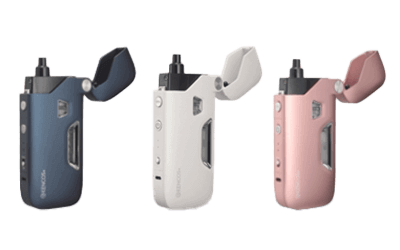What Is a Hydrogen Inhalation Device?

Hydrogen inhalation devices enable users to inhale hydrogen gas through the nose, increasing hydrogen intake into the body.
These devices come in two varieties: ones that emit only hydrogen gas and others that emit both hydrogen and oxygen gas. They are available for both home and commercial use.
While devices emitting oxygen gas can benefit individuals with severe pneumonia, there’s a concern about lung damage risk in healthy people. Higher flow rates, although not necessarily better for the body, may cause nasal discomfort.
Uses of Hydrogen Inhalation Devices
Hydrogen inhalation devices are utilized in hydrogen inhalation therapy, an advanced medical technology. This therapy aims to improve the neurological condition of patients with post-cardiac arrest syndrome.
It targets patients who have regained their own heartbeat after an out-of-hospital cardiac arrest, specifically those presumed to have experienced a cardiogenic cardiac arrest.
In the intensive care unit, eligible comatose patients, post-resumption of heartbeat, inhale 2% hydrogenated oxygen for 18 hours using a ventilator. This treatment follows intensive care guidelines. The inhalation of hydrogen gas is anticipated to protect brain cells and life, aiding patients’ return to society, a significant medical goal.
Principle of Hydrogen Inhalation Devices
Hydrogen inhalation devices operate based on the following principles:
1. Hydrogen Gas Generation Method
The predominant method for producing high-purity hydrogen is water electrolysis.
An electrolytic tank, containing an anode and cathode separated by an ion-exchange membrane, facilitates this reaction.
For the highest purity hydrogen, platinum catalyst electrodes are used. Continuous voltage application to these electrodes triggers water electrolysis.
At the anode, water molecules lose electrons, producing oxygen molecules and hydrogen ions. The generated oxygen is safely released into the atmosphere from the generator‘s rear.
Hydrogen ions, passing through the ion-exchange membrane to the cathode, combine with electrons to form hydrogen molecules. The membrane separates hydrogen from oxygen, allowing only hydrogen molecules to pass through.
2. Inhalation Method
The advanced medical technology-certified method uses a nasal cannula. This cannula, typically 3 to 5 mm in diameter, is the thinnest type and is inserted into the trachea through the nasal cavity.